I started growing flowers more than 15 years ago in my backyard when my kids were still really little. At that time social media wasn’t even a thing yet and blogging was just starting to gain popularity.
Flower growing was such an obscure topic and there was very little information available for me to reference. Lynn Byczynski’s book The Flower Farmer and Sarah Raven’s book The Cutting Garden were the only resources that I had to go off of.
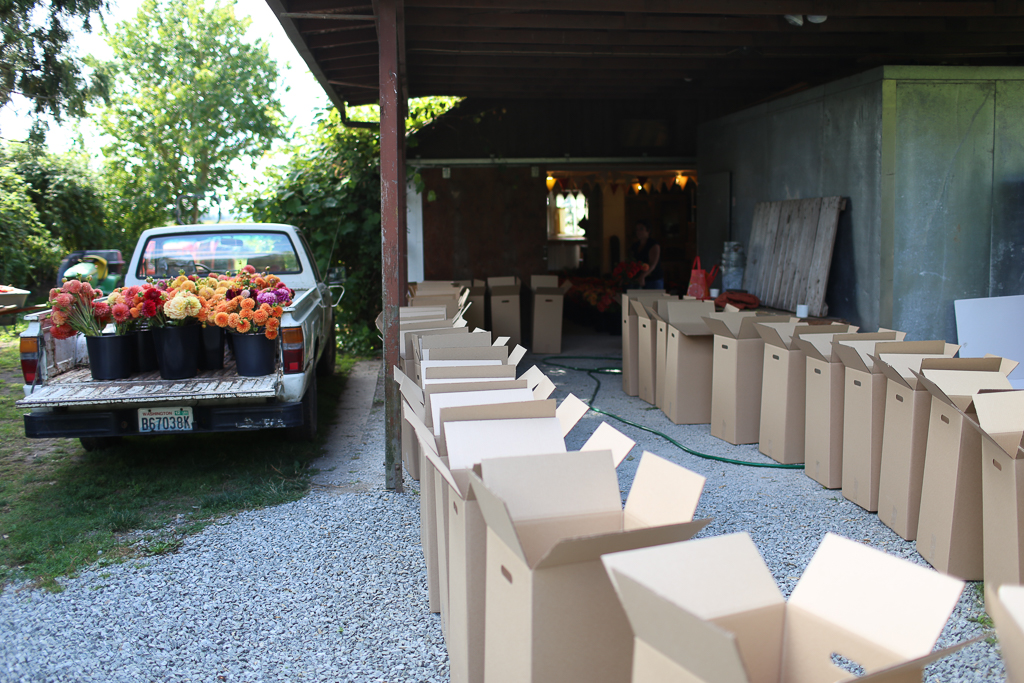
The ASCFG had a members chat room and I spent countless hours reading every past conversation thread, asking a million questions, and sharing any information or experience I had (which was very little at that time) on a given topic. I was what you would call a “power user,” and I’m sure I annoyed the heck out of the more experienced growers with all of my newbie questions, but for some reason they took pity on me and answered every one of them over time.
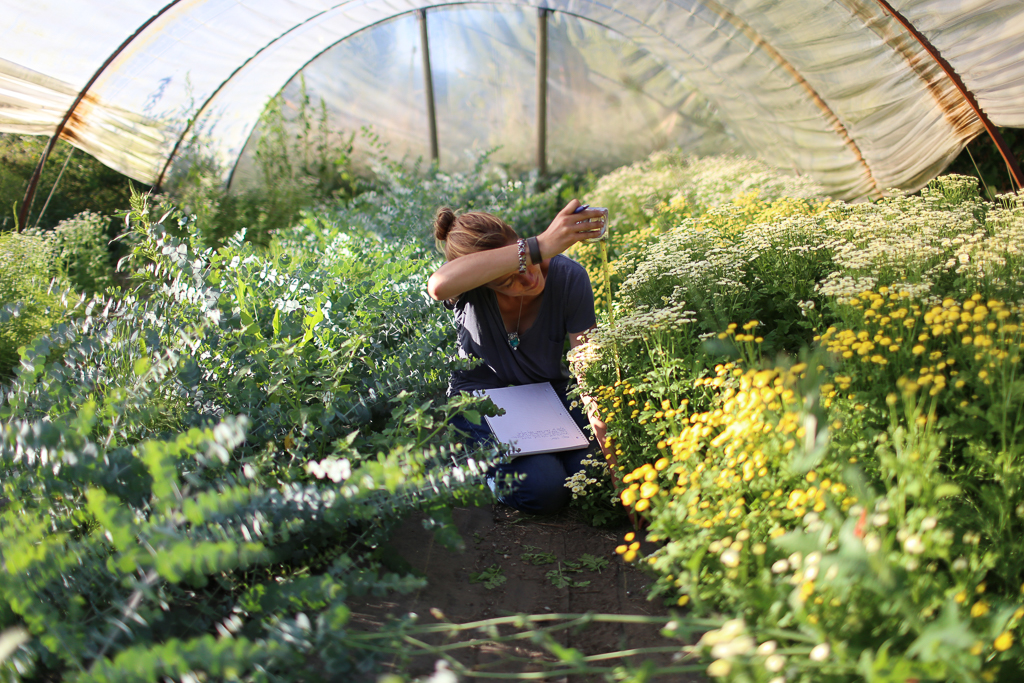
I started applying for growers grants in order to get funding to conduct variety trials. One of the grant requirements was that I would share my findings with others in my industry and that’s where I got my start with writing.
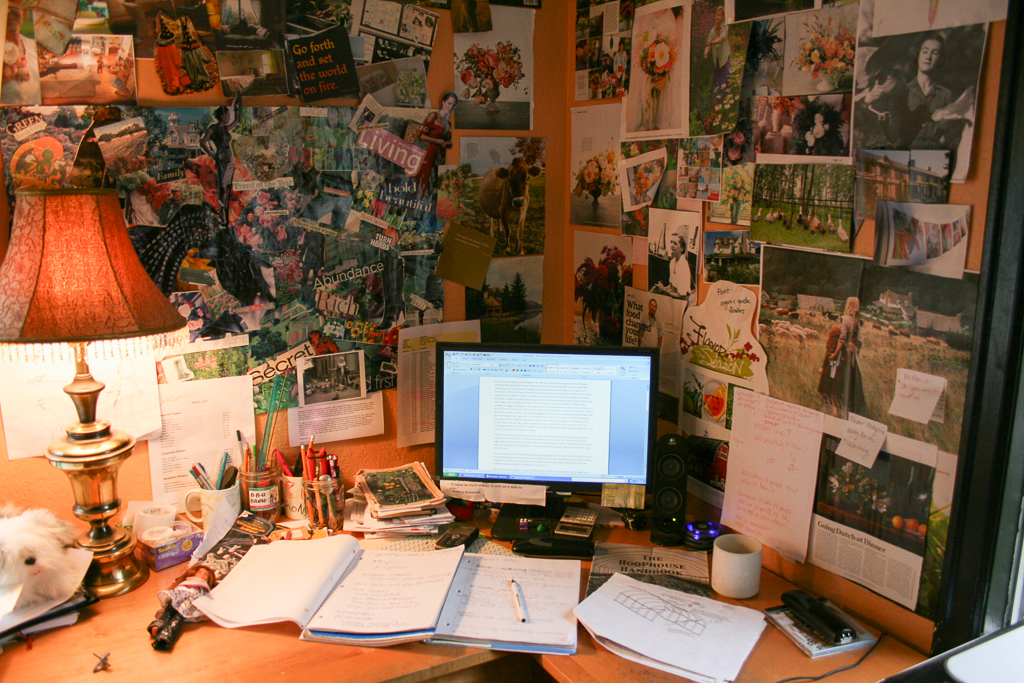
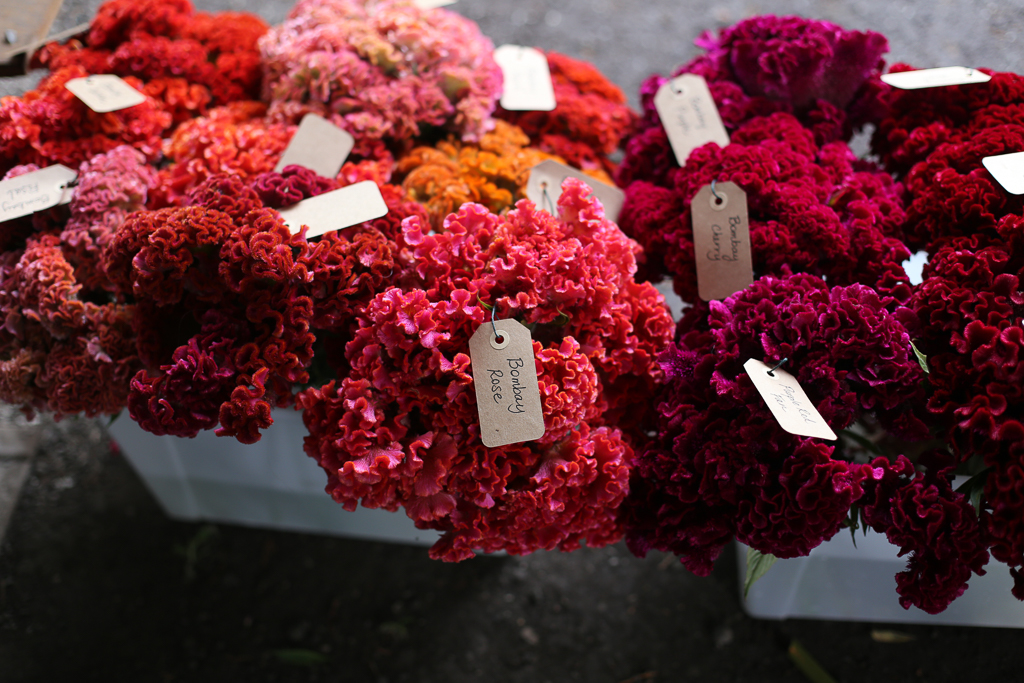
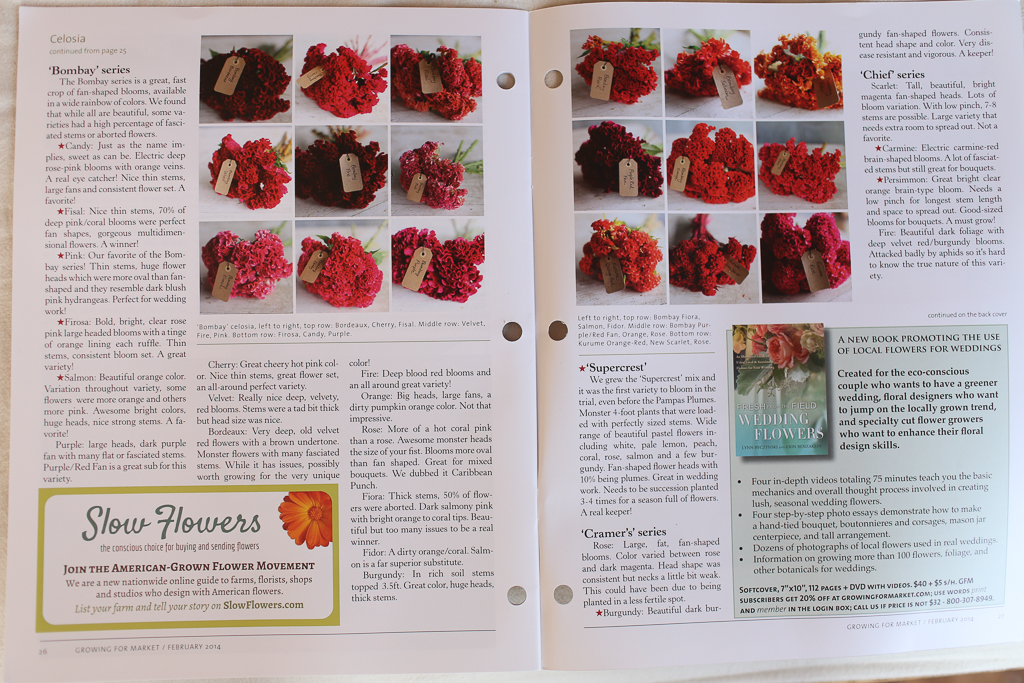
Through the ASCFG, I met another young passionate farmer-florist who had a small urban flower farm in the heart of Philadelphia named Jennie Love. Jennie and I became fast friends and in an effort to keep our creativity alive while working incredibly long hours to build our flower businesses, we came up with a fun idea.
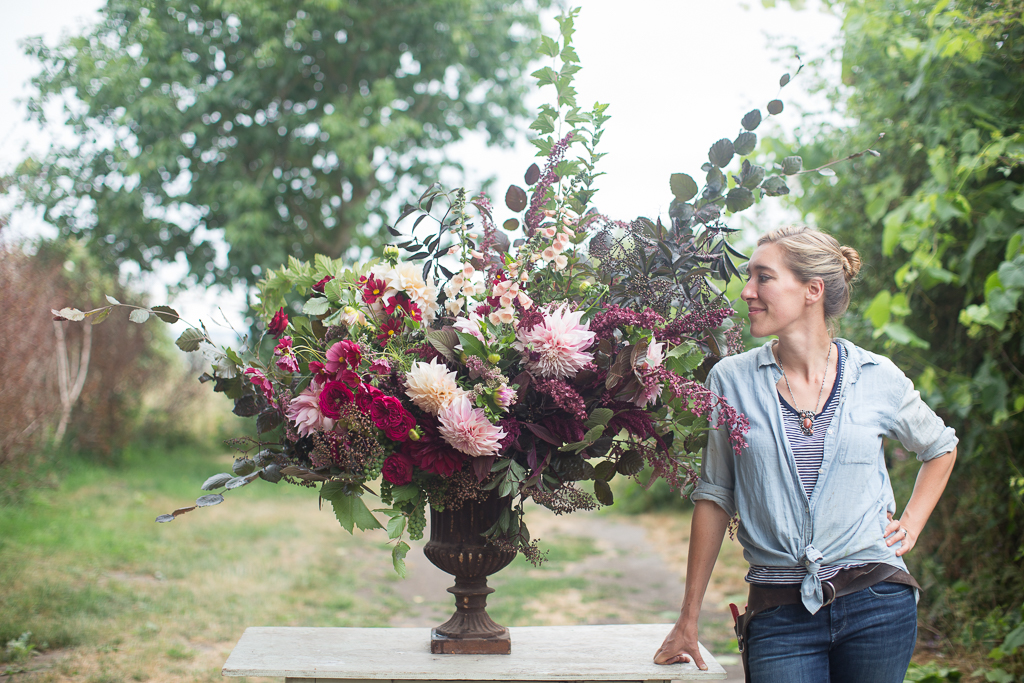
In addition to providing us with a creative outlet, we were trying to demonstrate that it was possible to use only local, seasonal product and inspire other growers and designers to think outside the box and work with what was available anytime of the year. At that time, this idea was completely unheard of. I don’t think either one of us knew how much of an impact that project would make, but by the end of the year we had built up quite the following and as a way of celebrating the project’s success, we decided to host a little class at Jennie’s farm to end the season on a high.
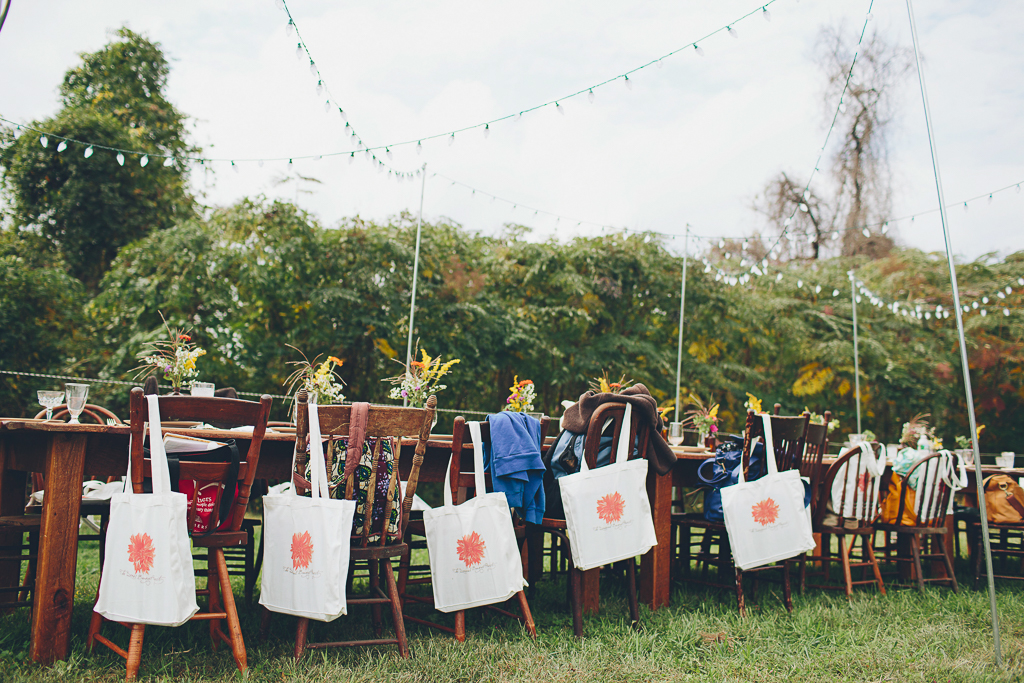

It was such an inspiring and eye-opening experience to see just how much people were craving practical knowledge about growing flowers on a small scale and arranging seasonal blooms in a natural way.
After that experience, I came home and decided that I wanted to help as many growers as I possibly could by teaching them about what we had figured out on our small farm. And that’s how the idea for the Floret Workshop was born.
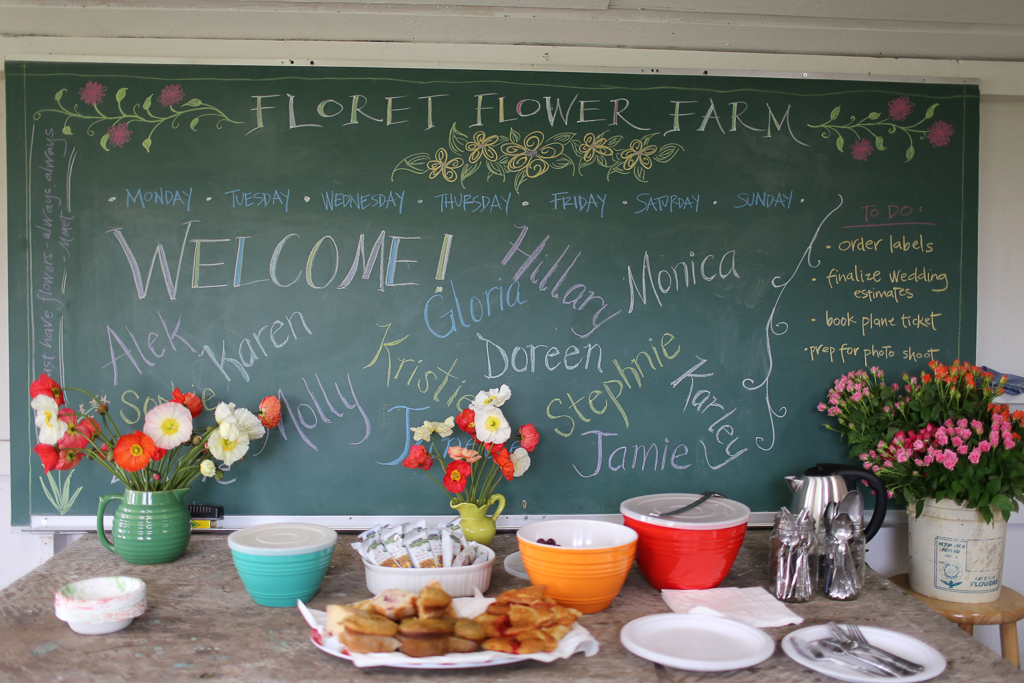
We had tiny spiral-bound notebooks printed which included my favorite plant lists, social media tips, and some simple step-by-step instructions for bending hoops, proper plant spacing, and succession planting.
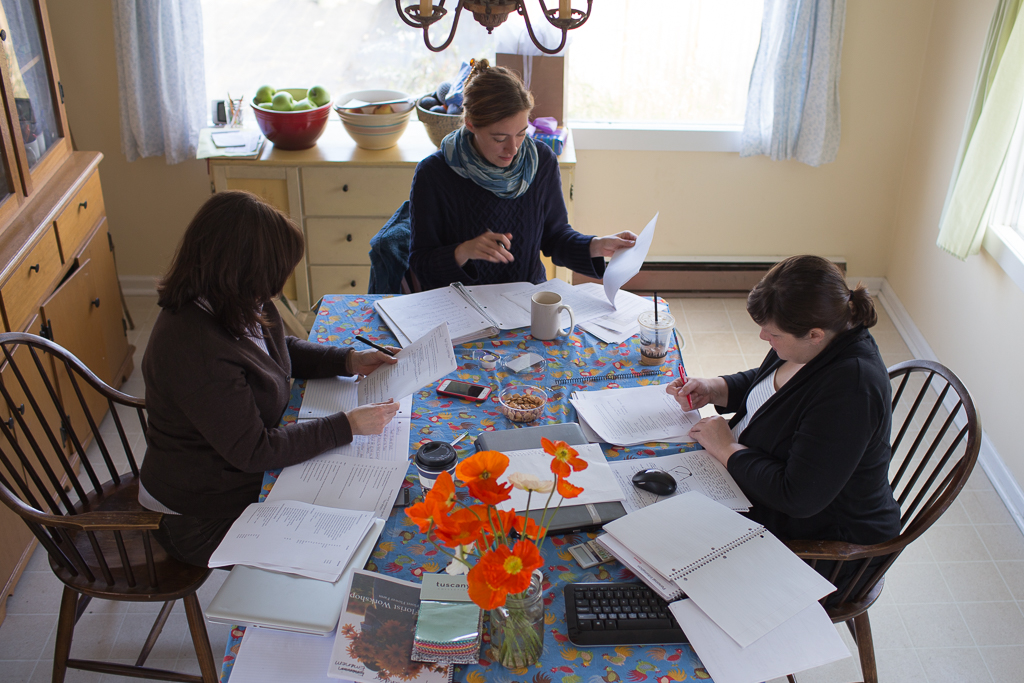
The list of improvements went on forever and we revamped and upgraded after every single workshop until we eventually built a full curriculum and wrote a complete course book.
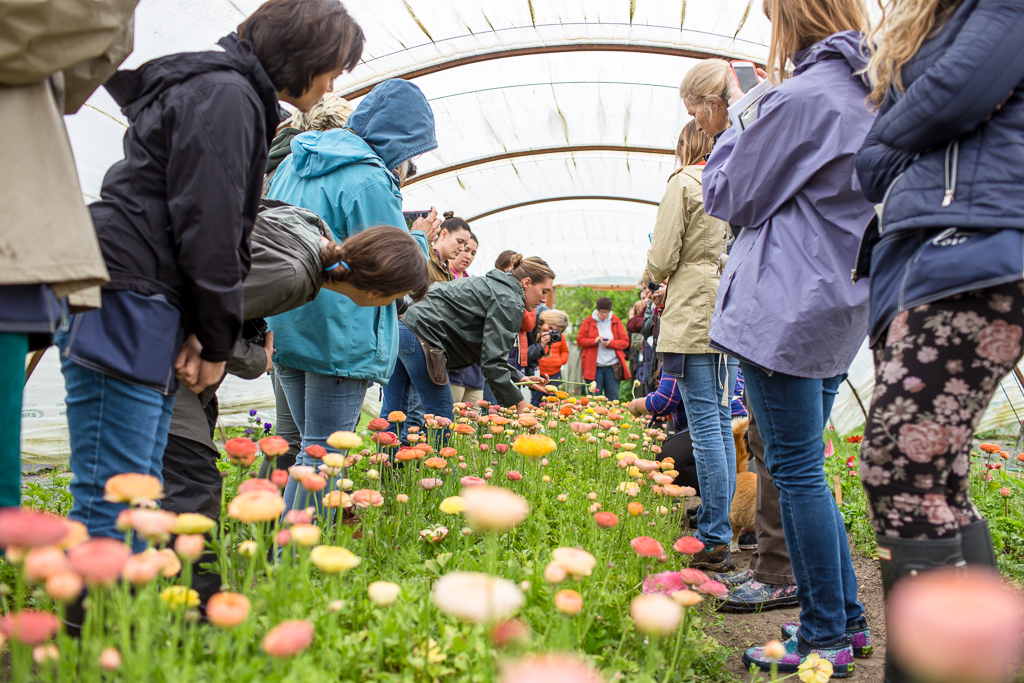
The experience was life-changing for everyone involved. We watched students from all over the world go through our workshops and have huge breakthroughs in their lives and then go on to start hundreds of successful flower-based businesses.
For each workshop, we assembled the most amazing support team of experienced farmer-florists, many of whom still help us today. Having a chance to share their wisdom with so many newcomers was both rewarding and really meaningful.
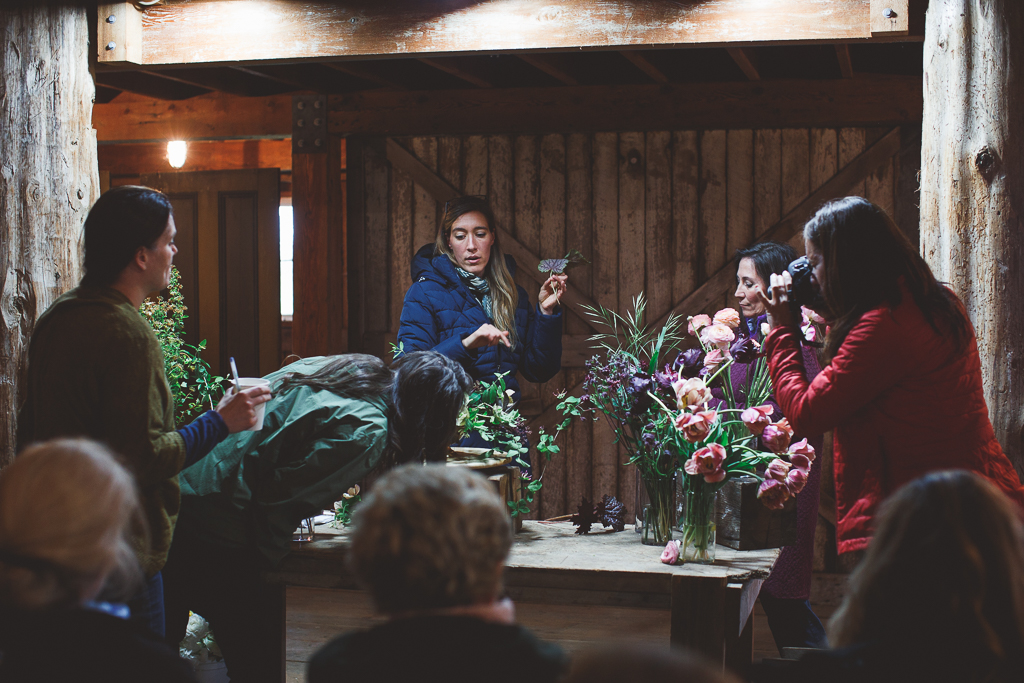
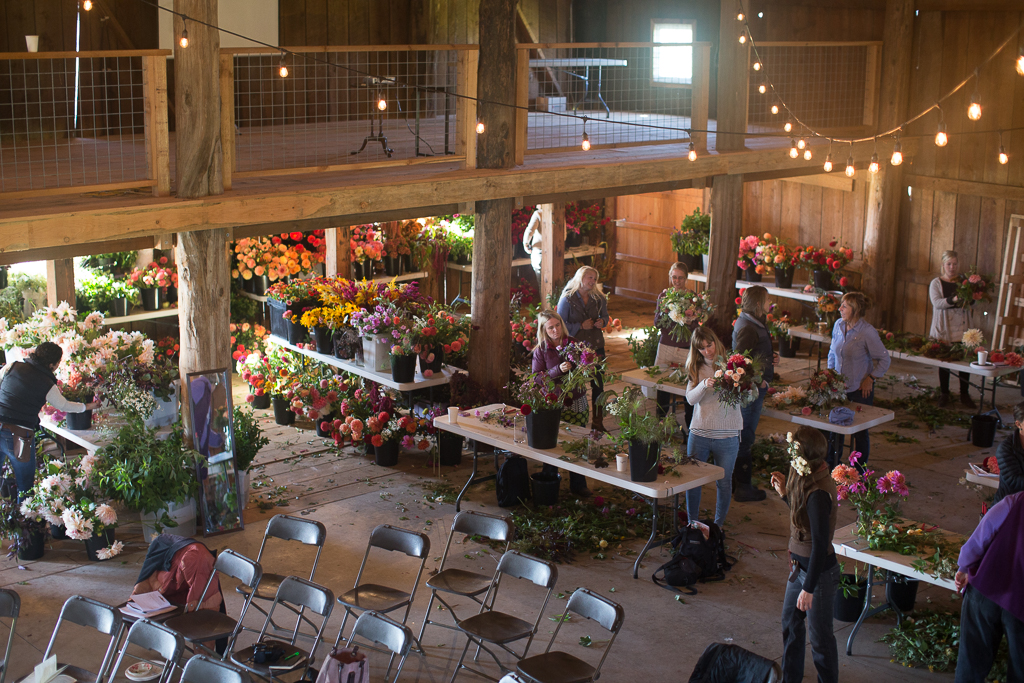
In order to show students exactly how we built Floret from nothing into a thriving business, we opened up our farm and home so that they could see the full picture.

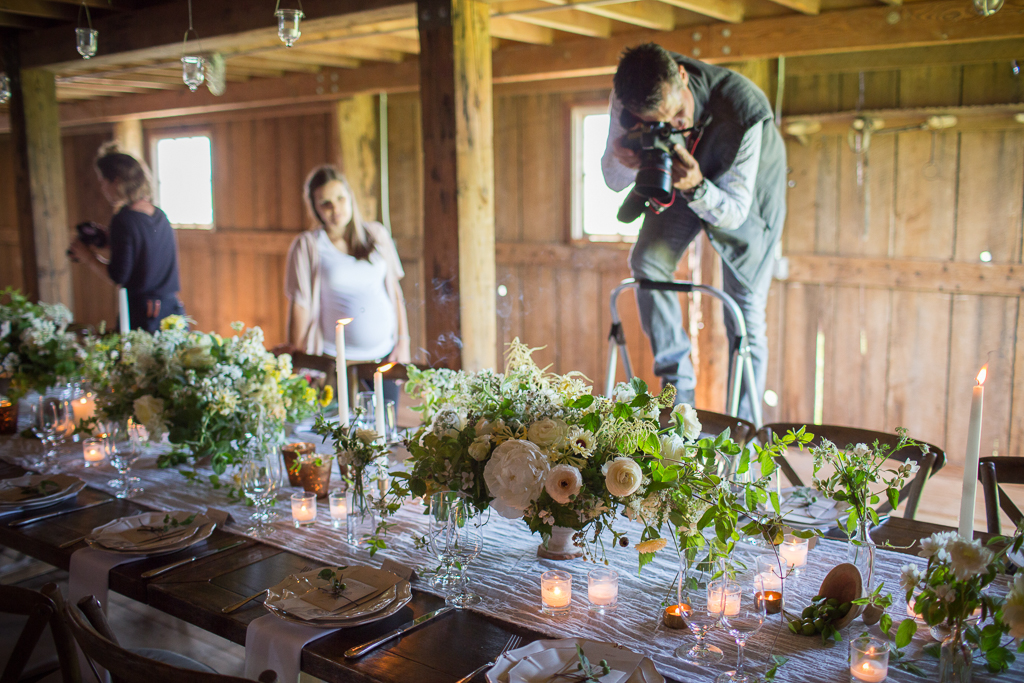
They managed to do this seamlessly each and every time no matter how crazy things were behind the scenes.
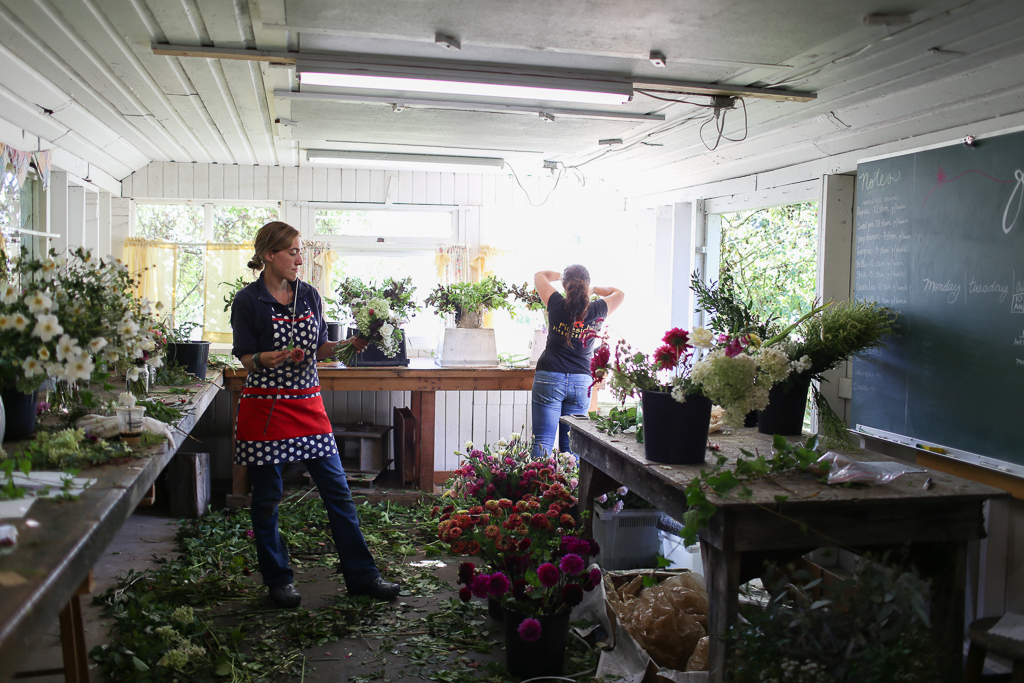
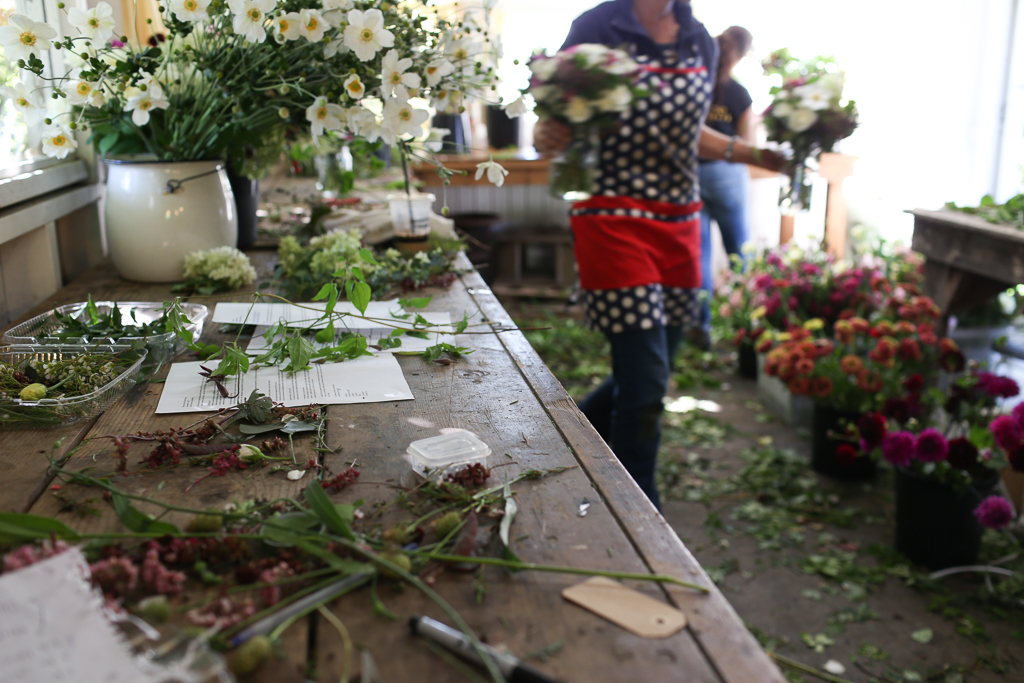
When I look back at that time, I still don’t know how we managed to do it all. It was one of the hardest, most rewarding, and fulfilling times of my life.
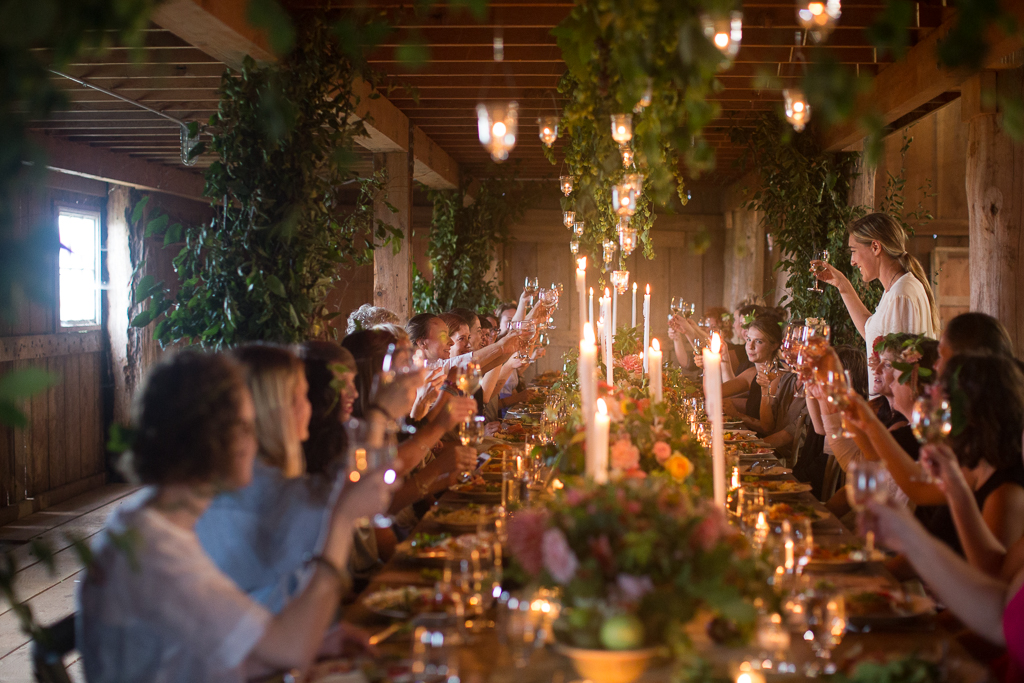
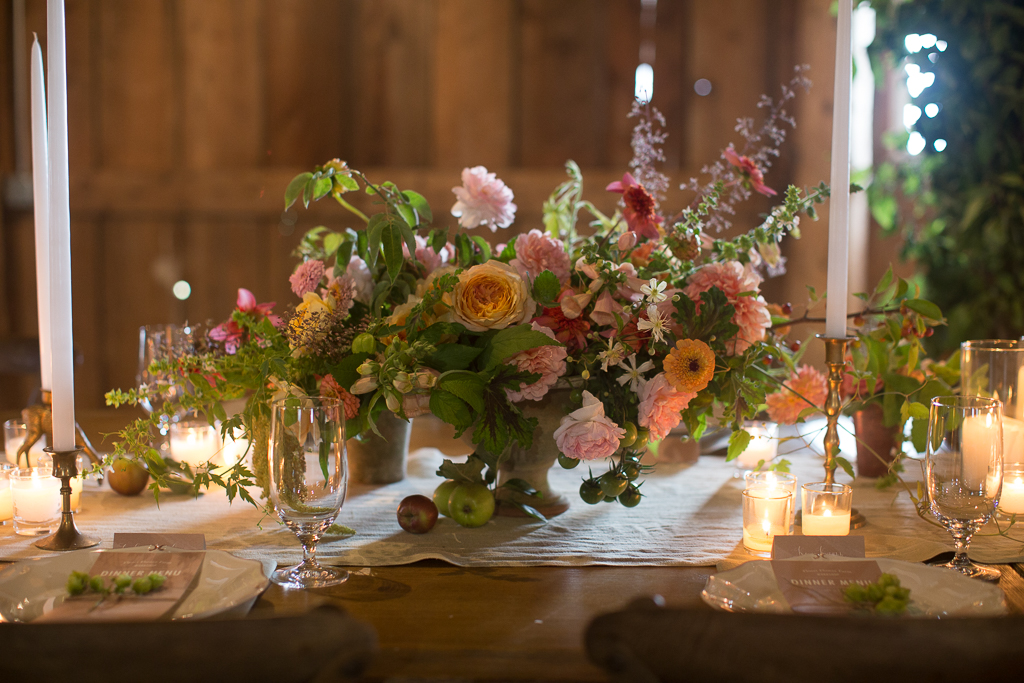
At that moment we realized that hosting workshops on the farm just wasn’t sustainable anymore.
People who had been on our waitlist for three or more years weren’t even able to secure a seat and we knew there had to be a better way.
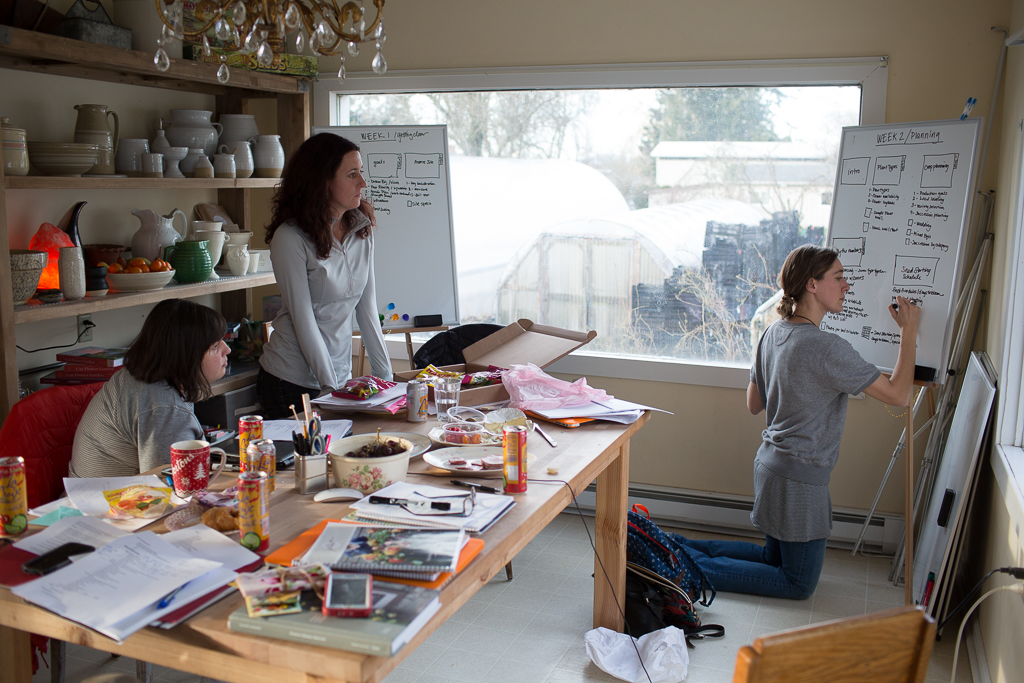
The online format opened up a whole new world of possibility and allowed us to take students through an entire season here on the farm, getting to demonstrate all of the important techniques in detail, and giving students the ability to rewatch any of the videos they wanted whenever they needed a refresher.
It also removed a lot of barriers. We no longer had a limited class size, students didn’t have to travel, they could go through the program at their own pace, and we could expand and upgrade the material based on the needs of our students at any time.
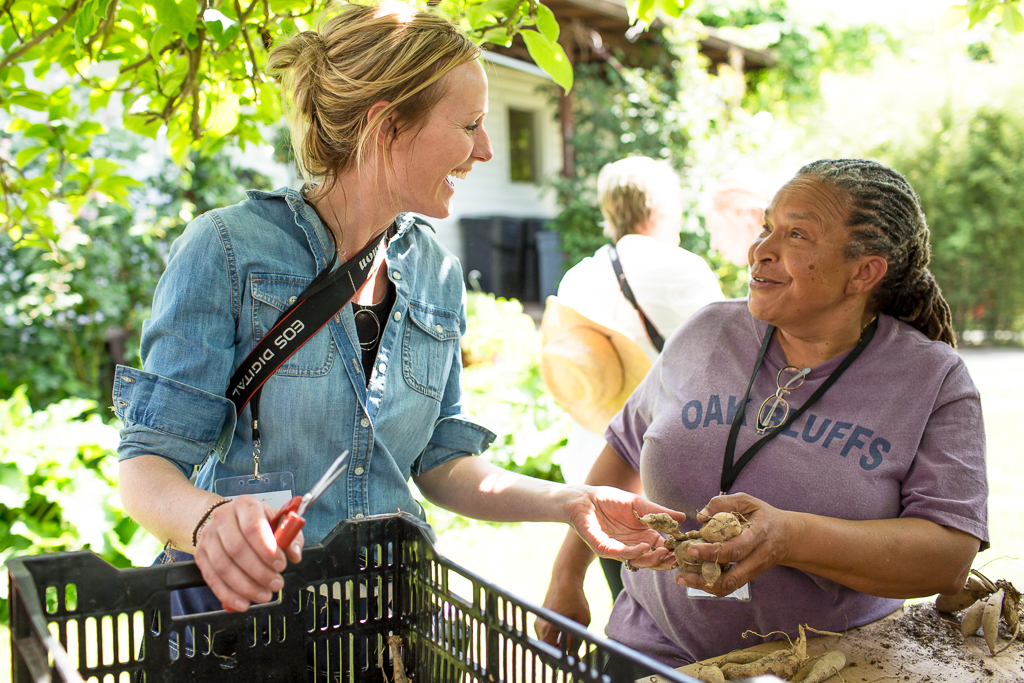
The amazing farmer-florists that once assisted at our in-person workshops now moderate our online community forum and lend their advice and wisdom to students all over the world. And we’ve seen so many students form real-life friendships, set up dahlia tuber exchanges, host meetups, go in on plant orders together, and visit each other’s farms to learn and get inspired by one another.
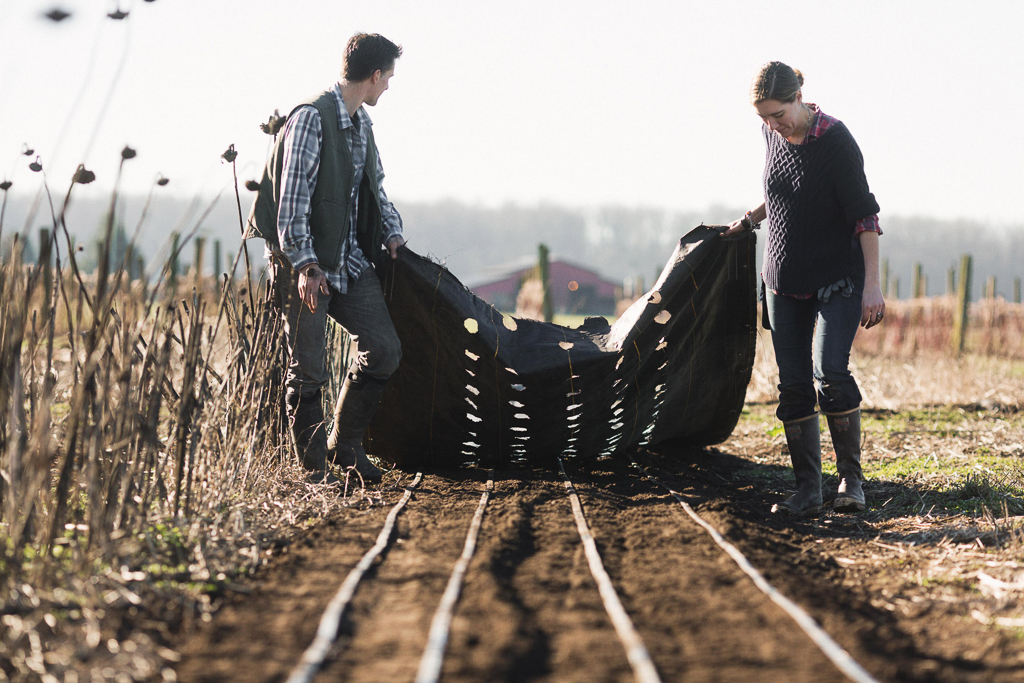
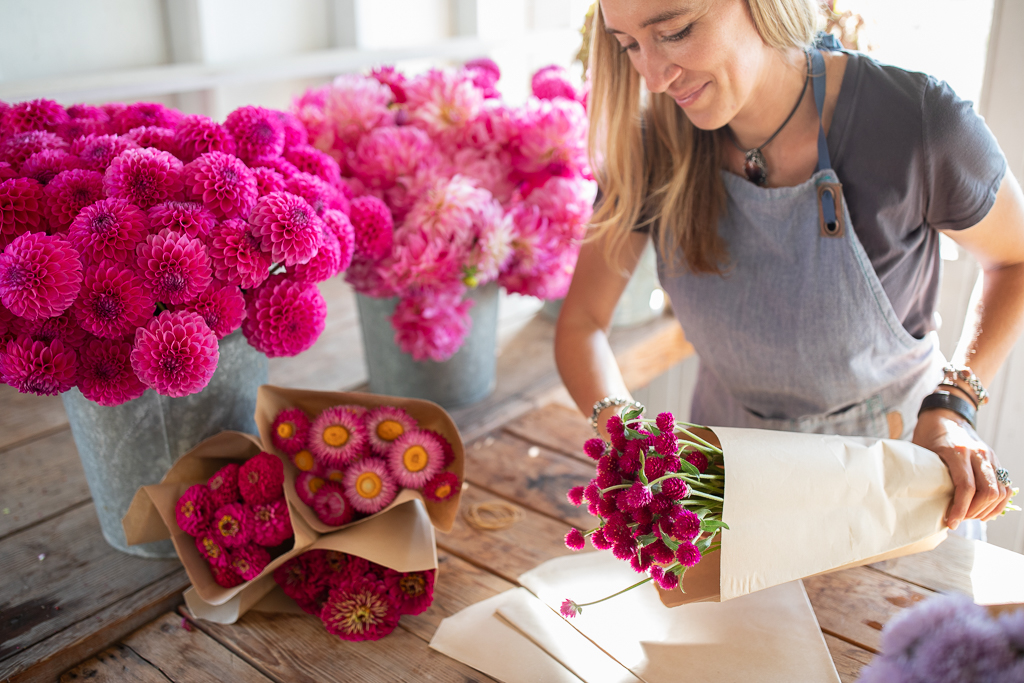
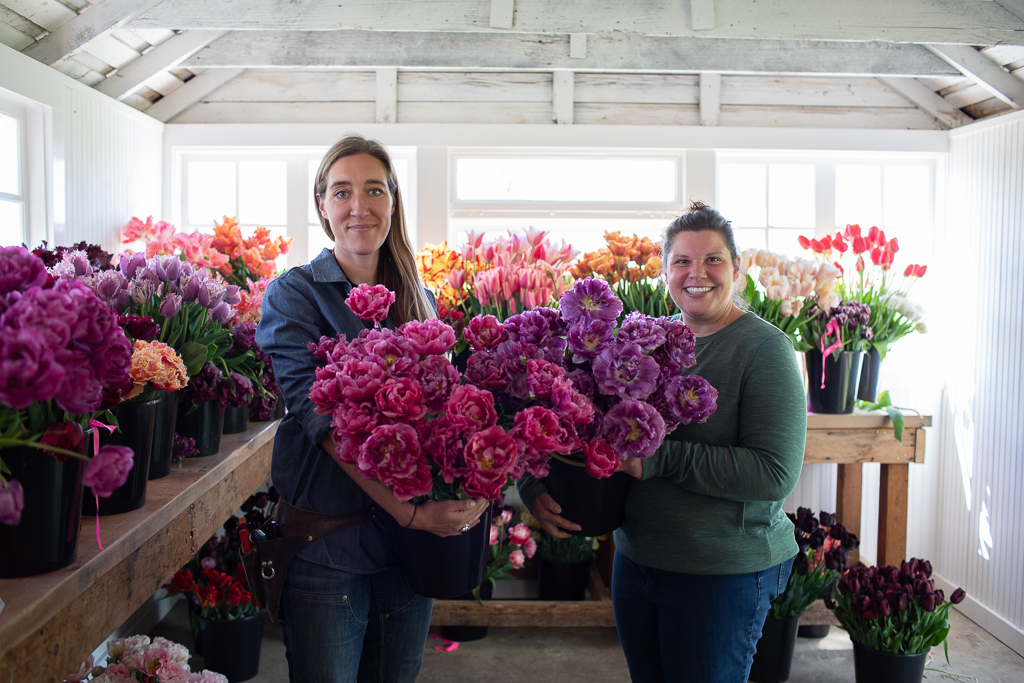
We’ve poured so much of our hearts into this program, and of all the things we’ve ever made, it’s by far the one I’m most proud of. It has been so rewarding to have the opportunity to share what we’ve learned along the way with so many people around the world.
Thanks for joining me on this little walk down memory lane! In the second part of this blog series, I share more about the process of creating the Floret Online Workshop and why we designed it the way that we did. You can read part 2 here.
If you’d like to learn more about our next Floret Online Workshop, you can join the waitlist below.
Please note: If your comment doesn’t show up right away, sit tight; we have a spam filter that requires us to approve comments before they are published.
Floret only lists companies and products that we love, use, and recommend. All opinions expressed here are our own and Floret does not offer sponsored content or accept money for editorial reviews. If you buy something using the retail links in this post, Floret may receive a small commission. Thank you for your support!
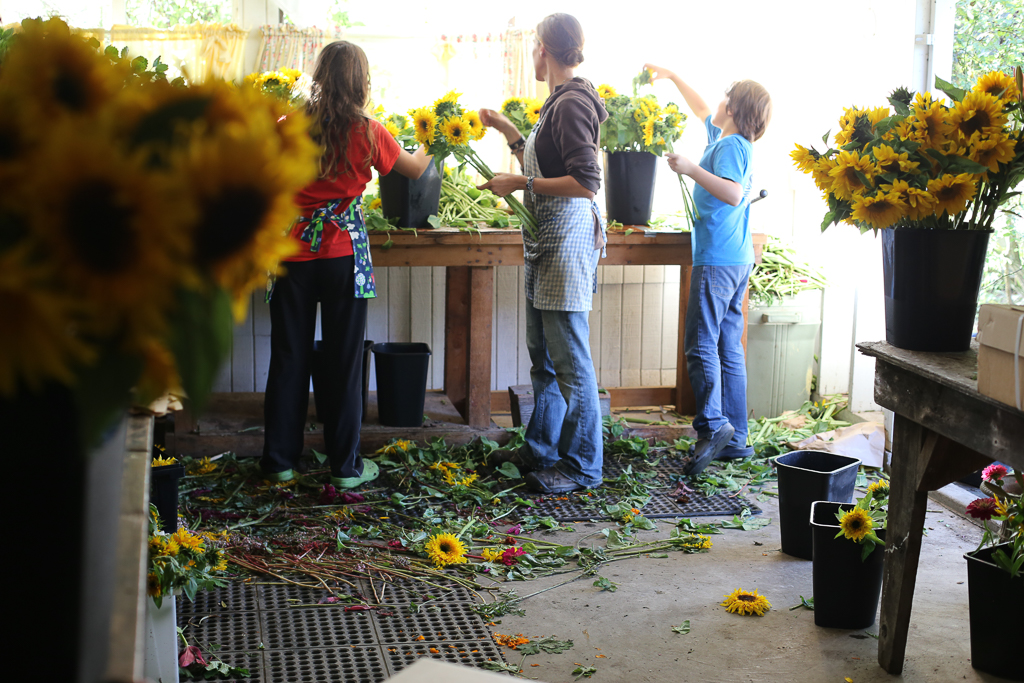
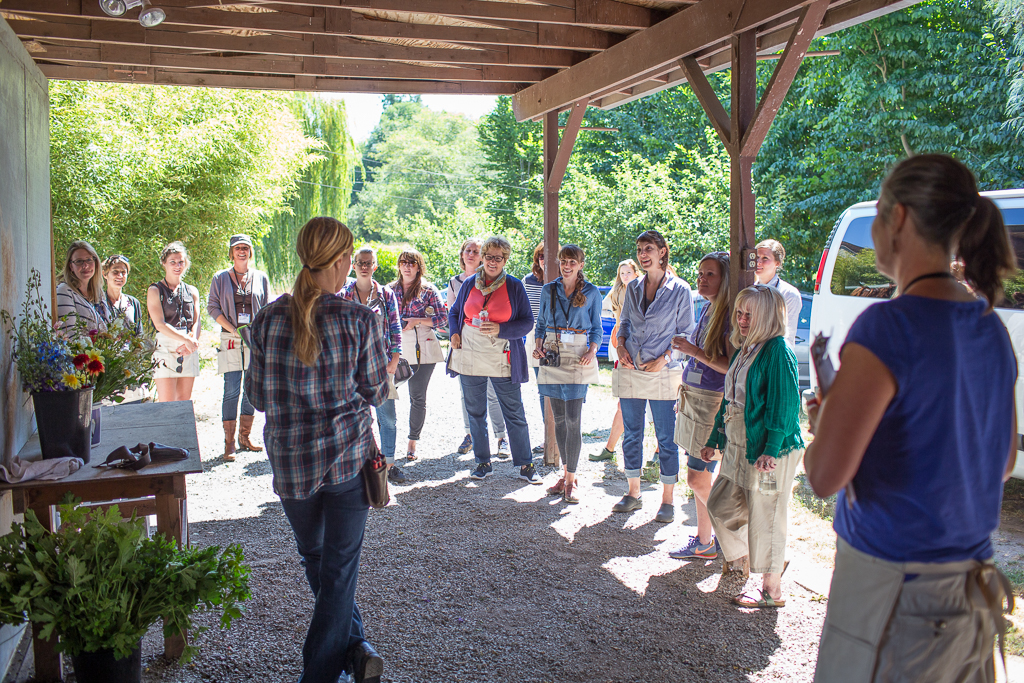
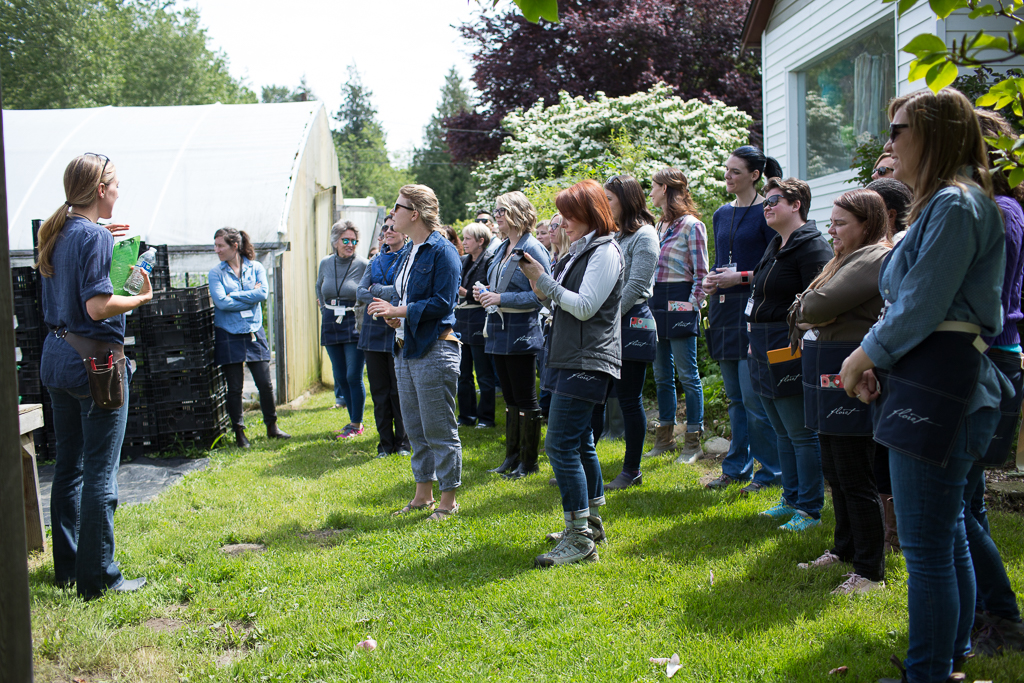
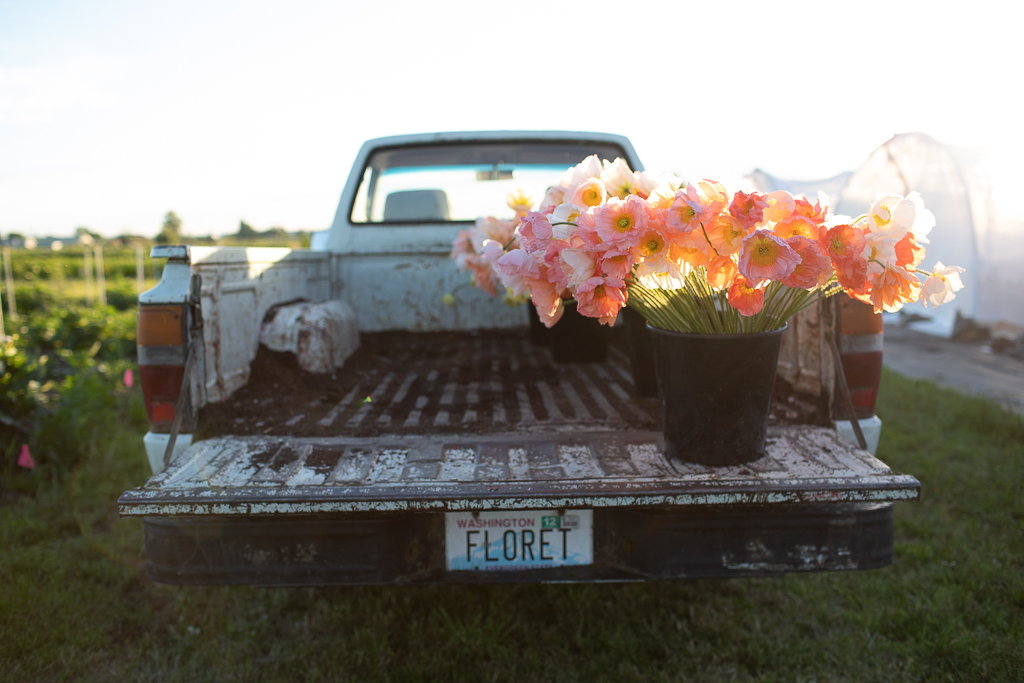
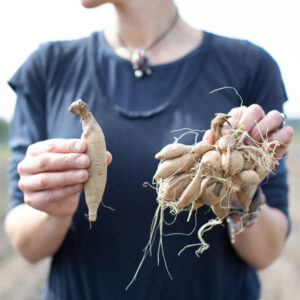

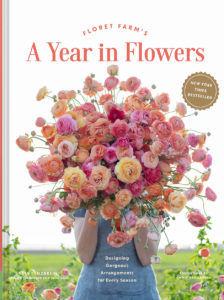
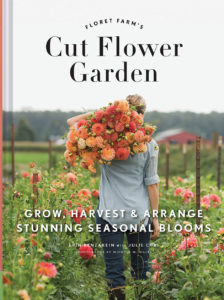


anna on
Mi chiamo Anna e ti scrivo da una piccola isola sul mare di fronte alla Toscana in Italia.
Ami i fiori , la ricerca delle varietà spontanee che grazie al nostro clima molto miti abbiamo in ogni stagione dell’anno .
adoro i fiori bianchi per questo nel mio giardino ho piantato solo fiori bianchi
Mi piacerebbe seguire un tuo workshop ma non conosco in modo troppo approfondito l’inglese e temo di non riuscire a seguirti …
Il mio sogno e il mio prossimo progetto è aprire un giardino per la coltivazione libera dei fiori
spero di trovare qualcuno dei tuoi libri tradotto in italiano
e intanto ti seguo sul tuo blog
Buone infinite primavere di colori e profumi